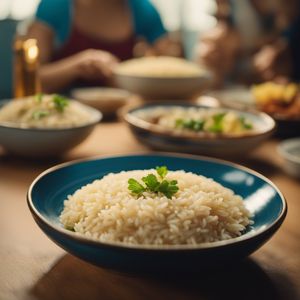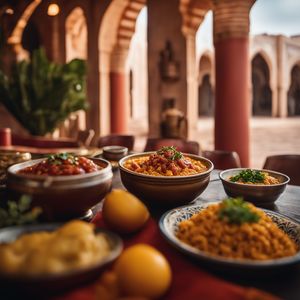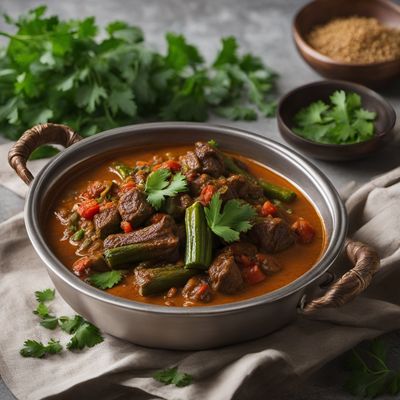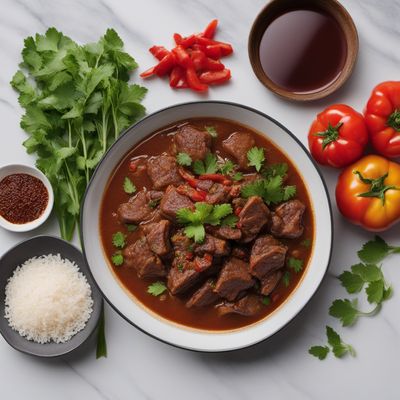
Dish
Eneksa agaga
Eneksa agaga is made with injera, which is used as a base for a variety of stews and sauces. The stews can include meat, such as beef or lamb, or vegetables, such as lentils or chickpeas. The sauces are typically made with spices, such as berbere or mitmita, and can be quite spicy. The injera is used to scoop up the stews and sauces, and is an integral part of the dish.
Origins and history
Eneksa agaga originated in Ethiopia, where it is a staple dish in many households. It is often served at special occasions and celebrations, and is a popular street food in many Ethiopian cities.
Dietary considerations
This dish is suitable for vegetarians and vegans, but may not be suitable for those with gluten allergies. It is also high in carbohydrates and sodium, so it should be enjoyed in moderation.
Variations
Variations of this dish can include different types of stews and sauces, as well as different types of injera. Some recipes also call for the addition of yogurt or cheese, which can help to balance out the spiciness of the dish.
Presentation and garnishing
This dish should be served on a large platter, with the injera arranged attractively. The stews and sauces can be arranged in separate bowls, or can be poured directly onto the injera. A sprinkle of fresh herbs or a drizzle of olive oil can be used to garnish the dish.
Tips & Tricks
To ensure that the injera is cooked properly, it is important to use a hot, well-seasoned griddle. The stews and sauces should be cooked slowly to allow the flavors to develop, and the injera should be torn into small pieces before serving.
Side-dishes
This dish can be served with a side of salad or steamed vegetables. A cold beer or a glass of iced tea is a great accompaniment.
Drink pairings
A light beer, such as a lager or pilsner, pairs well with this dish. A glass of red wine, such as a Shiraz or Zinfandel, can also be a good choice.
Delicious Eneksa agaga recipes
More dishes from this category... Browse all »

Aji nigiri sushi
Japanese cuisine

Akami nigiri sushi
Japanese cuisine

Anago nigiri sushi
Japanese cuisine

Arroz a la plancha
Spanish cuisine

Arroz a la tumbada
Mexican cuisine

Arroz al forn
Spanish cuisine

Arroz al jerez
Spanish cuisine

Arroz al olivar
Spanish cuisine
More cuisines from this region... Browse all »

Algerian cuisine
Spicy, Savory, Rich, Bold, Aromatic

Berber cuisine
Spicy, Savory, Aromatic, Bold, Earthy

Egyptian cuisine
Spicy, Savory, Aromatic, Bold, Earthy

Libyan cuisine
Spicy, Savory, Aromatic, Bold, Earthy

Mauritanian cuisine
Spicy, Savory, Aromatic, Bold, Earthy

Moroccan cuisine
Spicy, Sweet, Savory

Tunisian cuisine
Spicy, Flavorful, Aromatic, Bold

Western Saharan cuisine
Spicy, Flavorful, Hearty, Aromatic

